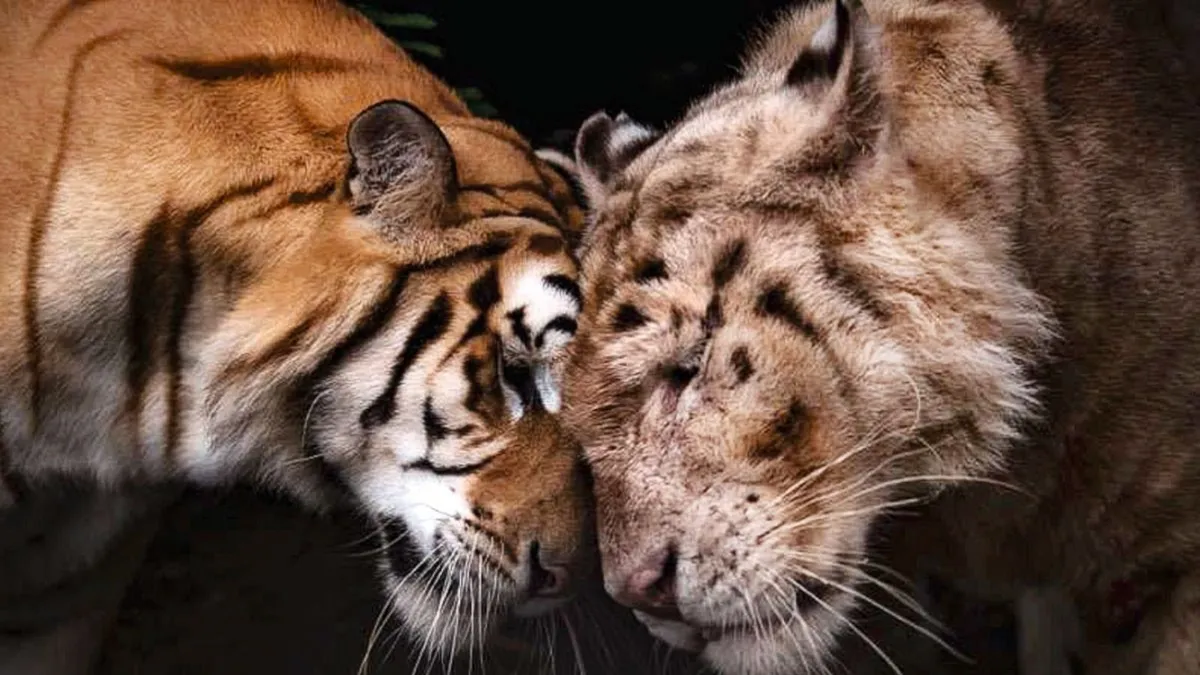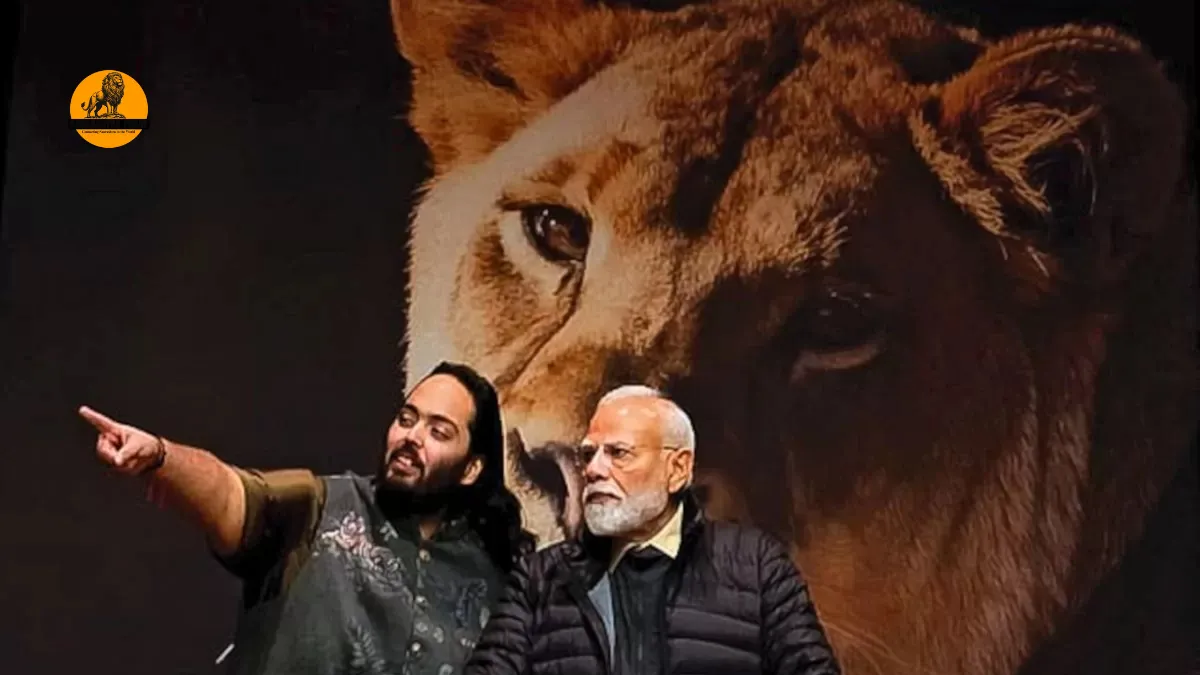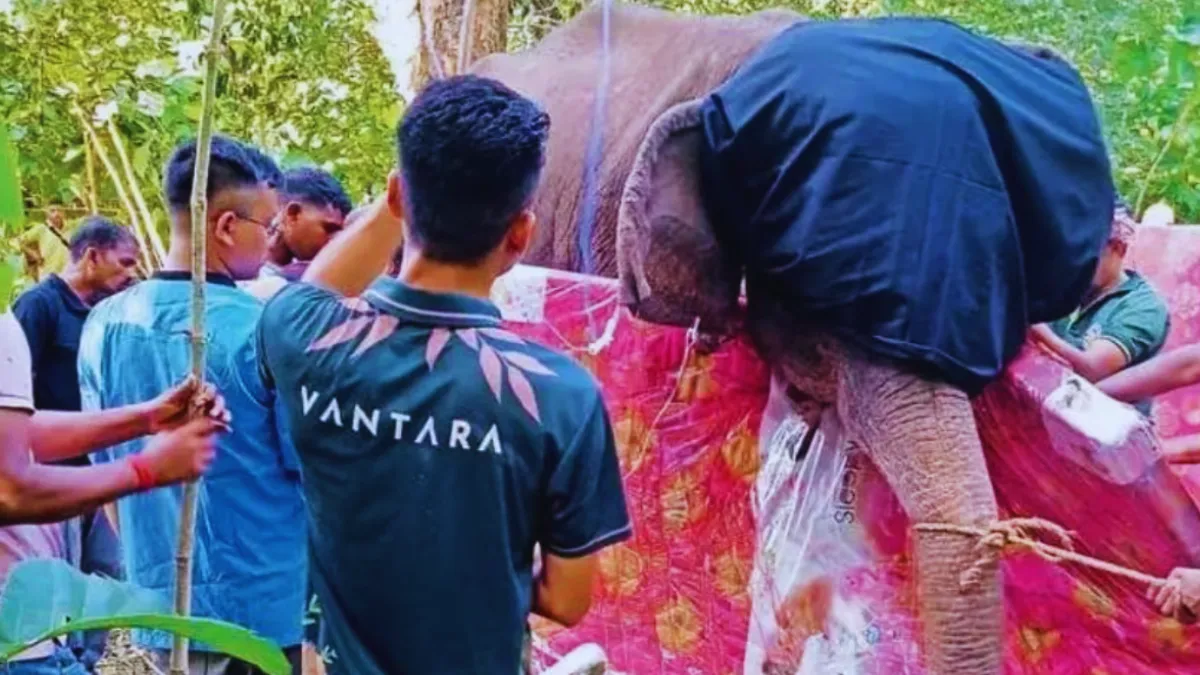Vantara India, one of the world’s largest animal rehabilitation centres established in Gujarat, has recently drawn global attention for its ambitious mission of animal welfare. Endorsed by Prime Minister Narendra Modi and founded under the vision of Anant Ambani, Vantara India is being hailed as a unique initiative that reflects India’s centuries-old ethos of compassion for animals.
But while the spotlight shines on this state-of-the-art private facility, a worrying report from the Gujarat Assembly paints a darker picture of the condition of wild animals in the state. In just two years, between 2023 and 2024, Gujarat lost 286 Asiatic lions and 456 leopards, raising serious questions about conservation, infrastructure, and the future of India’s big cats.
This article explores the situation in detail — the statistics presented in the assembly, the government’s stance, the rise of Vantara India as a centre of animal welfare, and the public debates that followed.
The Stark Reality: Lion and Leopard Deaths in Gujarat

During a question hour in the Gujarat Assembly on 4 March 2024, State Forest Minister Mulubhai Bera revealed concerning statistics.
- 286 lions died in Gujarat in the last two years.
- Among them, 143 were cubs, highlighting the vulnerability of newborns.
- 58 lion deaths were attributed to unnatural causes such as accidents and injuries.
Similarly, the data for leopards was even more alarming:
- 456 leopards died during 2023 and 2024.
- 303 deaths occurred due to natural causes.
- 153 leopards, including 140 cubs, died due to unnatural reasons such as road accidents, falling into wells, or other human-related encounters.
These numbers have sparked serious debate about wildlife management in Gujarat, particularly because the state is known globally for being the last natural habitat of Asiatic lions.
Gir Forest: The Pride and the Challenge
Gujarat’s Gir National Park and Wildlife Sanctuary is home to the largest population of Asiatic lions in the world. According to the last census in June 2020, the state had 674 lions spread across Gir and its surrounding landscapes.
But conservation experts warn that the rising number of deaths poses a risk to the gene pool of lions. A smaller, inbred population could become more susceptible to diseases, potentially threatening the long-term survival of this endangered species.
In 2023, 121 lions died in the state, while in 2024, the number rose to 165. For leopards, the fatality count was 225 in 2023 and 231 in 2024.
Government’s Response and Preventive Measures
Minister Bera emphasized that the Gujarat government has introduced several measures to curb unnatural deaths:
- Appointment of more veterinary doctors.
- Launch of an animal ambulance service for timely treatment of injured wildlife.
- Regular monitoring of lion corridors and rescue operations.
However, despite these efforts, critics argue that human-animal conflict, habitat shrinkage, and lack of proper infrastructure continue to threaten wildlife survival.
Spotlight on Vantara India
While these grim statistics made headlines, the media simultaneously focused on the vision behind Vantara India, a massive animal rehabilitation and conservation centre in Gujarat.
Prime Minister Narendra Modi praised the initiative, describing it as “a vibrant example of our centuries-old ethos of protecting those we share the planet with.”
Founded under the leadership of Anant Ambani, Vantara India aims to provide a safe haven for rescued, injured, or endangered animals. Ambani expressed his deep spiritual connection to the mission, saying:
“I see God within every animal. There are many working for human welfare, but animal welfare has fewer champions. With God’s blessings, I feel chosen to do seva for animals.”
This vision has resonated with many, but it has also stirred debate about the role of private zoos and sanctuaries in conservation.
Public Reaction and Celebrity Endorsements
The recognition of Anant Ambani’s work at Vantara India by several celebrities, including Bollywood superstar Shah Rukh Khan, was widely reported. However, public reaction was divided.
While some lauded the project as a much-needed step in strengthening India’s conservation efforts, others criticized it as a symbolic initiative overshadowing the struggles of understaffed and underfunded public zoos across the country.
In fact, a 2024 report highlighted that nearly 150 zoos in India face chronic shortages of staff, resources, and medical facilities. Conservationists argue that while private efforts like Vantara India are commendable, the government must extend equal attention to improving the condition of state-run facilities.
The Bigger Picture: Wildlife Conservation in India
The contrasting narratives of lion and leopard deaths in Gujarat alongside the rise of Vantara India reflect a dual reality of wildlife conservation in India:
- Achievements in Private Initiatives
- Vantara India showcases how private resources, technology, and compassion can create modern facilities for animal rehabilitation.
- It also serves as an example of India’s cultural ethos of respecting and protecting all living beings.
- Challenges in Public Conservation
- Despite being the last home of Asiatic lions, Gujarat struggles with habitat encroachment, vehicular accidents, and poaching risks.
- The deaths of hundreds of big cats in just two years highlight gaps in policy implementation and ground-level monitoring.
Linking Tradition with Modern Conservation
India has a long history of coexistence with animals, deeply rooted in its cultural and religious traditions. From revering lions as symbols of strength to seeing leopards as guardians of forests, the ethos of respect runs deep.
Vantara India positions itself as a bridge between this tradition and modern science. With advanced veterinary care, large enclosures, and rehabilitation programs, it attempts to revive the philosophy of seva (service) for animals in a contemporary context.
Also read: Is Vantara Legal in India? Legal, Ethical, and Conservation Insights
The Road Ahead
The deaths of 286 lions and 456 leopards cannot be ignored. They represent not just numbers but the fragility of ecosystems. The government, conservationists, and private players like Vantara India must work together to:
- Expand habitats and wildlife corridors.
- Strengthen anti-poaching laws and enforcement.
- Invest in scientific breeding programs to maintain genetic diversity.
- Upgrade public zoos and sanctuaries with proper funding and staffing.
If these steps are taken, Gujarat can continue to remain the proud home of the Asiatic lion while also setting a global benchmark for wildlife conservation.
Also read: Vantara: A Sanctuary Offering Hope for Wildlife and Humanity
Conclusion
The rise of Vantara India as a symbol of animal welfare is undoubtedly commendable. It has put India on the global map for private conservation efforts. Yet, the sobering reality of hundreds of lion and leopard deaths in Gujarat serves as a reminder that animal welfare cannot be confined to one initiative alone.
For India to truly safeguard its wildlife, both public institutions and private projects must collaborate. Only then can the vision of a compassionate, sustainable, and biodiverse India become a reality.


















